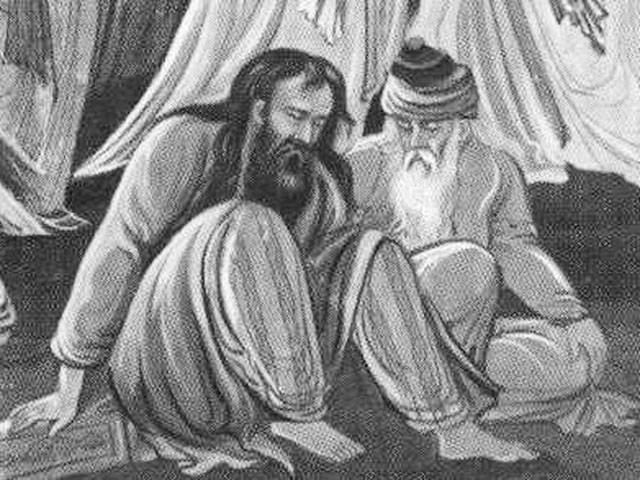“From the memory of thy light,
every night flames take flight
If only my heart fire would burn,
my soul desire candle-like.
How long burn thyself Shams-e Tabrizi, thy love beaming bright
We know of nothing other than
burning up, candle-like.”
–Rumi
Inspiration often comes unannounced and can be derived from the most unlikely of sources. The story of Rumi and Shams revolves around a similar idea.
Rumi, often described as a wealthy aristocrat, mingled with the elites pulling and offering favours. Shams, on the other hand, described as a misanthropic spiritual wanderer, often equipped himself with the company of labourers. The two terribly opposing worlds intertwined when, noticing Rumi’s depth of religious agency, Shams chose Rumi to be his ‘grandmaster student’. The initiation of this, although short, relationship, was to have everlasting influence on Rumi’s works, and consequently, on spiritual literature.
The two; master and student, friends, spiritual authorities; spent a lot of time together in solidarity, indulging in deep spiritual exploration. During their short yet interesting relationship, Shams married Rumi’s stepdaughter, became part of Rumi’s household, fell out of favour, and was murdered by the hands of Rumi’s son (this claim is often contested).
With the death of Shams, it is said that Rumi used to wander in deep sorrow. Out of the pain, and the inspiration that lingered in Rumi’s heart in regards to his teacher and friend, Rumi wrote around 70,000 verses and named his first epic ‘The Collective Poems of Shams of Tabriz.’
Today, on Rumi’s birth anniversary, I hope the rivers of inspiration flow freely.






